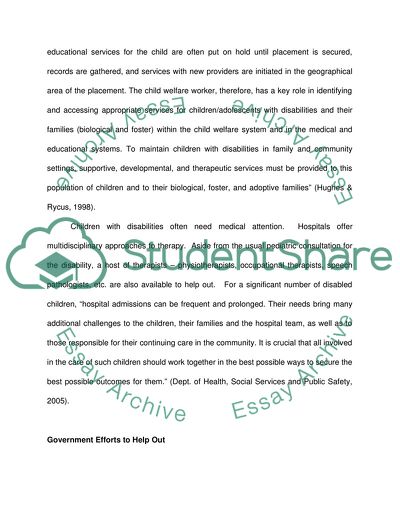Cite this document
(Contemporary Social Care for Disabled Children Coursework, n.d.)
Contemporary Social Care for Disabled Children Coursework. https://studentshare.org/sociology/1539985-contempory-social-care
Contemporary Social Care for Disabled Children Coursework. https://studentshare.org/sociology/1539985-contempory-social-care
(Contemporary Social Care for Disabled Children Coursework)
Contemporary Social Care for Disabled Children Coursework. https://studentshare.org/sociology/1539985-contempory-social-care.
Contemporary Social Care for Disabled Children Coursework. https://studentshare.org/sociology/1539985-contempory-social-care.
“Contemporary Social Care for Disabled Children Coursework”. https://studentshare.org/sociology/1539985-contempory-social-care.


